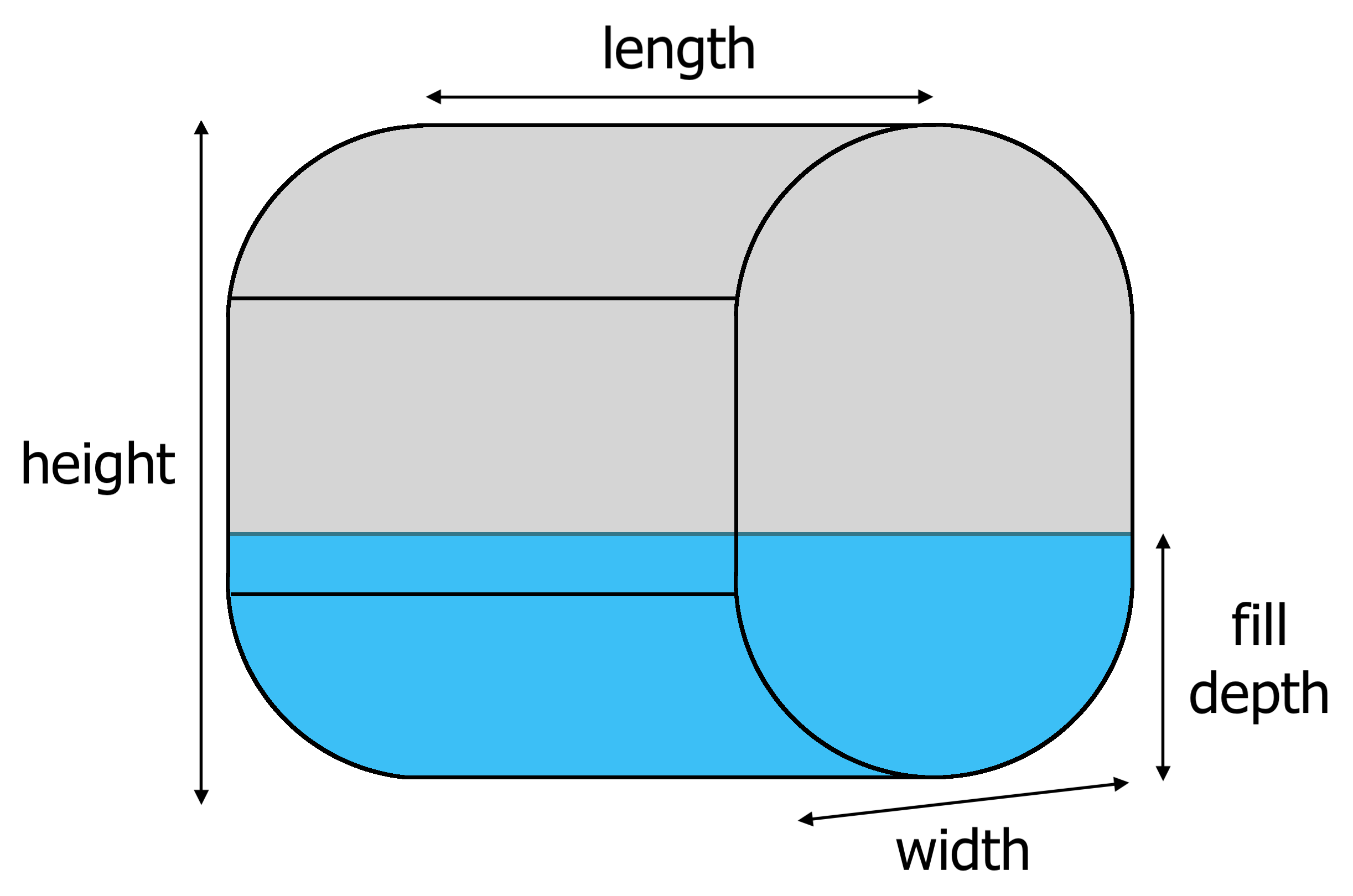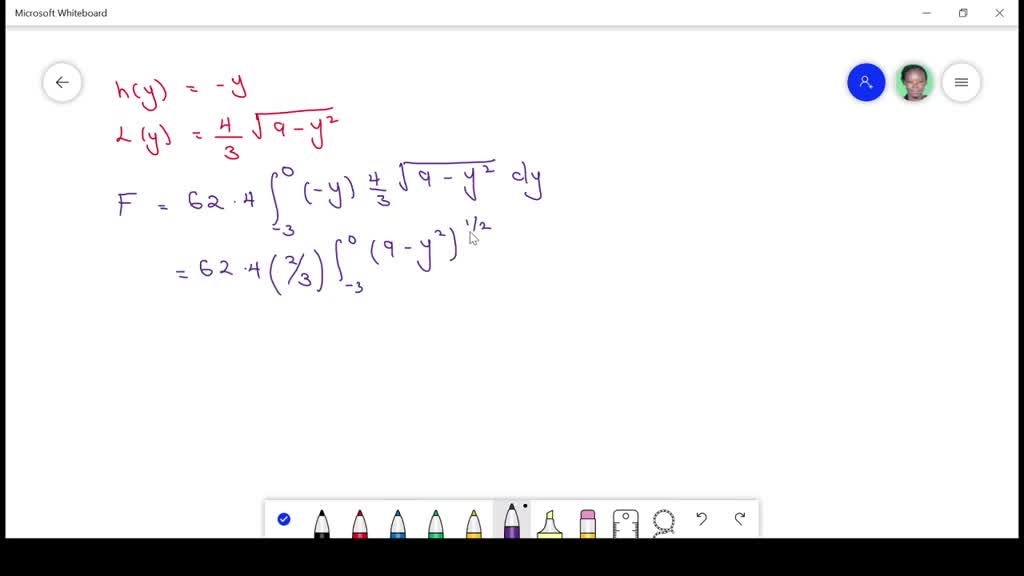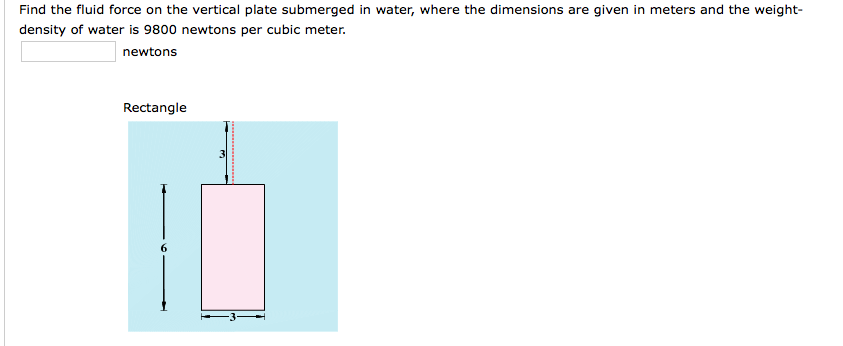


Jelly-Z is the first robot that utilized twisted and coiled polymer fishing line (TCP FL) actuators for articulation of the bell and showed successful swimming operations. The thrust generated by the robot was also characterized with a force sensor to ascertain the force and cost of transport (COT) at different input currents. To better understand the characteristics of this motion, simplified Fluid–structure simulation, and particle image velocimetry (PIV) tests were conducted to study the wake structure from the robot’s bell margin. The objective of this paper is to understand the behavior of soft silicone structure actuated by novel self-coiled polymer muscles in an underwater environment by varying stimuli and investigate the associated vortex for swimming like a jellyfish. The robot, named Jelly-Z, utilizes a contraction–expansion mechanism for swimming similar to the motion of a Moon jellyfish.

To create a soft robot actuated with soft polymeric actuators, this paper describes the development of a lightweight jellyfish-inspired swimming robot, which achieves a maximum vertical swimming speed of 7.3 mm/s (0.05 body length/s) and is characterized by a simple design. Monitoring, sensing, and exploration of over 70% of the Earth’s surface that is covered with water is permitted through the deployment of underwater bioinspired robots without affecting the natural habitat.


 0 kommentar(er)
0 kommentar(er)
